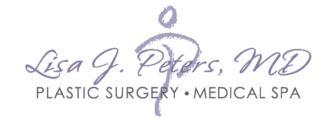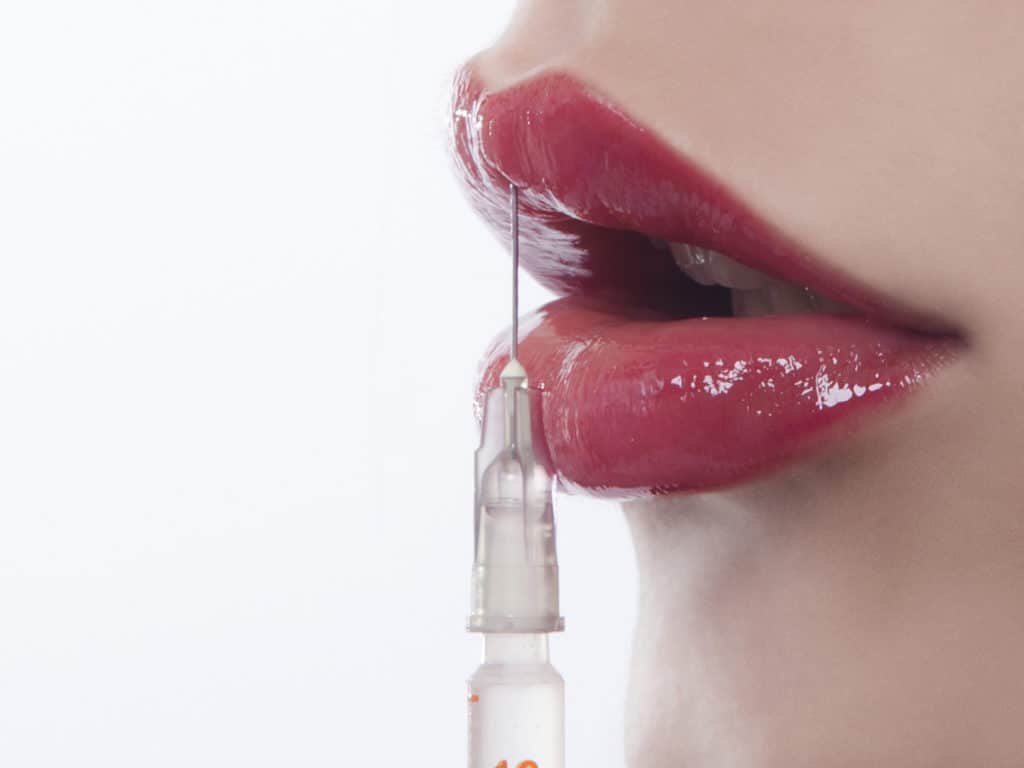As most people know, a facelift is a surgical procedure to address signs of aging. How in the world, then, could it be a liquid? Let’s take a step back and talk about the signs of aging.
There are four reasons why a face begins to look older:
- Gravity – yes, the devil gravity affects us head to toe
- Changes in the quality of our skin leads to fine lines, wrinkles, loss of elasticity, and uneven pigmentation
- Overactive facial muscles – think frown lines, crow’s feet, forehead wrinkles
- Loss of fat
Because there are multiple causes of facial aging, there’s no one solution to making us look young again.
Up until the 1990’s, the only tool we had to address signs of aging was surgery. If you didn’t like the changes you were seeing in the mirror, you had a facelift. If you still looked old, you may have had another facelift. Your skin was pulled tighter and tighter, but because the procedure was only addressing the gravity-related changes, you didn’t necessarily look better. I think this is how the surgical facelift got the reputation as making a person look “done.” In fact, one surgical facelift rarely results in a “wind tunnel, uh-oh what did she do to her face” look. Using that surgical tool to over-lift without addressing the other aspects of aging was the problem.
In the 1990’s, Botox became available for cosmetic purposes and revolutionized our approach to aging. Now our frown lines, crow’s feet, and forehead wrinkles could be addressed with a quick trip to the doctor and without any downtime or scarring.
Around that time another non-surgical tool was developed – collagen. We all have collagen in our bodies, including our skin. These collagen products were manufactured in the lab from either bovine (cow) or human tissue and could be injected into wrinkles to address some of the signs of aging noted above. This was the first filler available in the US, but it was limited in its usefulness because it only lasted about 3 months.
The early 2000’s were a game-changer in non-surgical facial rejuvenation, as a multitude of filler products became available. Juvederm, Restylane, Radiesse, and many others came to market and not only last a lot longer than collagen but have varying degrees of plumping power to address different issues and areas of the face. These products can smooth skin quality issues by filling in fine lines, they can camouflage gravity-related changes such as the nasolabial folds and jowls, and they can volumize areas that have lost fat as we’ve aged (think the apples of the cheeks).
Now, if we used these fillers and add in Botox to address overactive muscles, we’ve now been able to address all four signs of aging without a scalpel. This is the “liquid” facelift.
The liquid facelift obviously has the advantage of no surgery and no scars. As you may have guessed, there are disadvantages too. Botox and most fillers are temporary. If you want to maintain the results, you have to have the procedures repeated periodically. The second disadvantage is that these injectables are not lifting what gravity has dropped and they’re not improving the quality of the skin but merely camouflaging the signs of poor skin quality. The final, and perhaps biggest disadvantage, is that the more severe your signs of aging, the more expensive your liquid facelift will be since the cost depends on the amount of product used and the frequency with which you require touch-ups.
Is a liquid facelift right for you? Perhaps. Here are a few scenarios I see frequently:
- You’re just starting to notice some signs of aging
- Your signs of aging are more significant but you’re opposed to surgery
- Your aging is more related to loss of volume than gravity-related changes
- You’ve already had a surgical facelift but the results are starting to wane and you need a little freshening up
Just like a surgical facelift, moderation and an artistic eye are important in a liquid facelift to avoid an over-done look. A liquid facelift can also be done in stages to help the patient feel comfortable with their gradual improvement or from a budgetary standpoint.
Injectables are a great tool, whether you’re concerned with one area or want a more comprehensive liquid facelift approach to facial aging.
If you are interested in scheduling your consultation with Dr. Peters, please call us at 708-524-1400 or fill out our contact form today.



